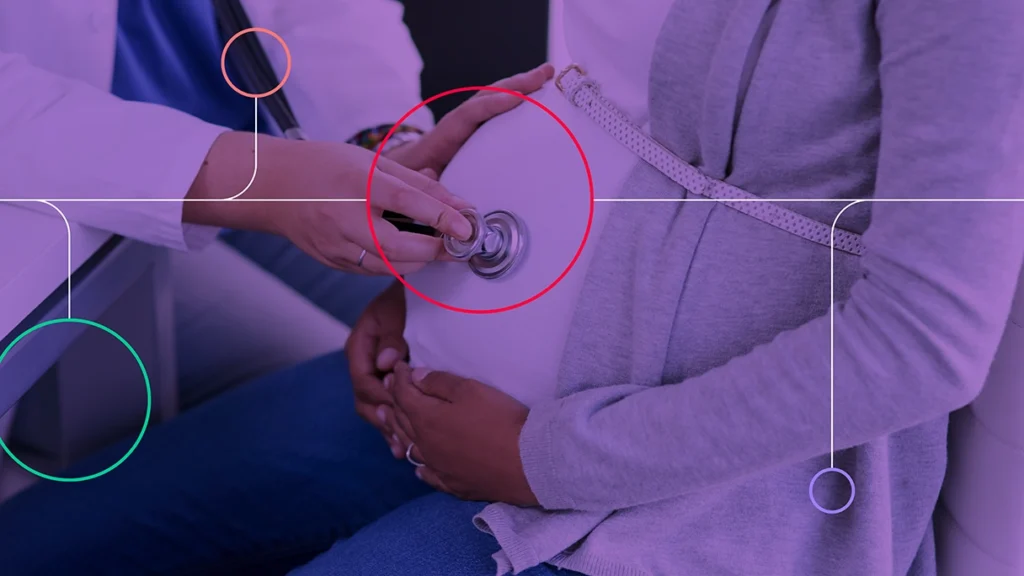This article originally appeared in Healthcare Innovation Magazine, here, and has been republished here with permission. This article features responses from Meg Aranow, SVP, Platform Evangelist at Artera.
At a Glance:
- Patient-Centered Care and Communication: The need for tailoring and personalizing patient communications at scale remains critical to addressing burnout and staffing shortages.
- Challenges in Patient Engagement: Over messaging patients has become a significant challenge, especially with the integration of multiple technologies and tools.
- Future of Patient Experience and Technology: Senior leaders should focus on cohesive, integrated communication experiences across their tech stack.
[QUESTION] What did the leaders of patient care organizations learn during the COVID-19 pandemic that advanced their thinking in terms of patient engagement and the patient experience?
[ANSWER: MEG, ARANOW] COVID exacerbated the patient communications challenges that already existed in healthcare. For example: agility at scale for patient communications became paramount during COVID. Providers had to quickly adapt their patient messaging based on rapidly changing circumstances (vaccine availability, social distancing guidelines, etc.). The need to tailor and personalize patient communications at scale was critical then and still is today as the industry grapples with burnout and staffing shortages. Additionally, during COVID we learned about the need to raise the provider voice louder than competing voices – government news conferences, social media, and churches (some of which provided misleading or scary messaging). There were a large number of patients needing education, reassurance from, and connection with their healthcare provider, but it was challenging to cut through the noise. This also exposed gaps in lagging public health processes not previously tested and validated with other pandemics exposing the need for stronger public-private coordination.
[QUESTION] What do you believe the top strategic challenges are right now in terms of the entire patient engagement/patient experience area?
[ANSWER: MEG, ARANOW] Over messaging patients. During COVID, it was a race to get the new tech and tools in place, and initially, the appetite for information was boundless and there was no such thing as too much communication. But now it’s about optimizing the tools and processes to their fullest potential and integrating disparate tools. Today, on average, health systems work with 11 or more different partners who communicate independently with patients. This can create a fragmented and disconnected experience – messages are sent out of sequence, uncoordinated, repetitive and even conflicting. As a result, patients have message fatigue, the overall experience is poor and calls to action may go unheeded. Contrast this with the phenomenal experience patients are receiving from other sectors – like retail and entertainment. Consumer models have raised the bar of patient expectations for healthcare. Providers are now challenged to step up to the plate to meet or exceed them.
[QUESTION] How should the senior leaders of patient care organizations be thinking about the patient experience in the context of any overall digital health strategies that they might want to pursue enterprise-wide?
[ANSWER: MEG, ARANOW] Leaders should be thinking about building a cohesive and integrated communications experience for patients across their tech stack. As a result of COVID and increasing consumerism in healthcare, many providers have integrated new, patient-centric tech to improve the care experience, but the flip side is providers may unintentionally deploy disparate technologies that are managed by different departments – with no awareness of competing communication workflows – who are all communicating with a patient. I recently heard a story of a patient receiving 50+ messages in just one day from their healthcare provider. And I know there are other examples similar to this. As a result, it is becoming increasingly hard to reach patients and attain the intended outcomes. Leaders thinking about this must also bake agility and personalization into their strategies – we know what one patient prefers may not work for another. Some require a phone call the day before an appointment with their instructions, while another prefers a text five days prior. A cohesive, integrated patient communications strategy does not equate to a one-size-fits-all approach.
[QUESTION] Where are patient care organization leaders making the most headway in redesigning the patient experience for their patients and families?
[ANSWER: MEG, ARANOW] The uptake of texting and other technologies that are designed around patient needs versus the needs of the provider organization. Putting the patient first has always been the North Star for healthcare, particularly in clinical settings, but now it shines brighter as the guiding light for the entire patient experience. This comes to life in several ways: reduced wait times, less paperwork, more convenient locations, new channels for communication, etc. Also, the broader awareness of SDoH and digital empathy, and the permanent uptick in the exploration of alternative care venues (telehealth, urgent care, home health) that shot up during COVID out of necessity, but are staying long after to deliver care models that patients prefer.
[QUESTION] What will this landscape look like three years from now?
[ANSWER: MEG, ARANOW] All eyes are on AI right now. I expect the fluidity between human interaction and automated engagement – particularly in patient communications – will continue to grow in importance. We’re already seeing a rich interplay between the two. AI will continue to offload repetitive tasks for staff, and create new touchpoints and venues. I also think healthcare will be a fast follower of AI accuracy and efficiency models that are proven in other industries and I expect to see new payment models around AI-assisted care emerge.



